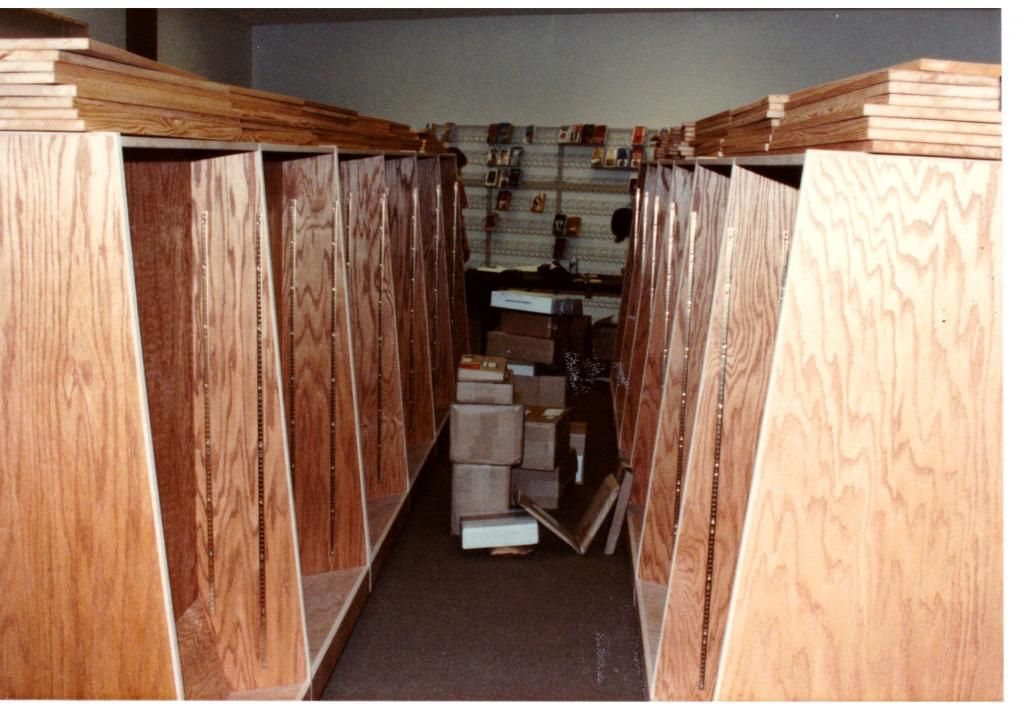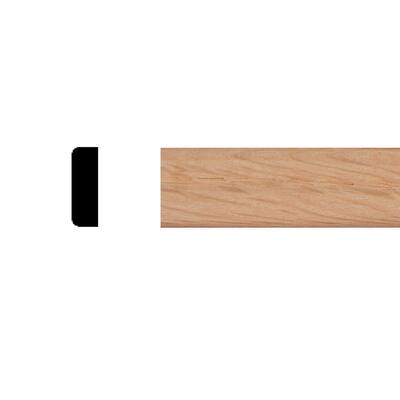building 2 utility cabinets, not really a cabinet just going to be 2 walls and a top to support computer tower off the floor and allow for office junk to be stored underneath. whether i make a bottom or shelves depends on how much i can get out of the single piece of plywood. i bought a 4x8 sheet of oak 3/4" plywood from home depot, it was $50. it's the type of project where cost is #1 priority and utility is close second, and i did not plan on finishing or staining it. For where it's going to be it doesn't matter that much, and I am going to zip it together so black drywall screws are going to be visible on the sides... but where the thing is going to be located they pretty much won't be visible.
question i have is for the cut ends of the plywood, which will be visible on the front of the cabinet, there will be no door, what's the best way to seal that so it doesn't fray and chip over time?
and i would be ok with spending up to ~$30 more on materials, so is it possible to stain and finish the veneer side of the oak plywood if so how?
question i have is for the cut ends of the plywood, which will be visible on the front of the cabinet, there will be no door, what's the best way to seal that so it doesn't fray and chip over time?
and i would be ok with spending up to ~$30 more on materials, so is it possible to stain and finish the veneer side of the oak plywood if so how?









